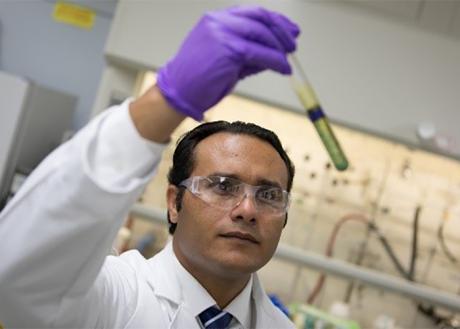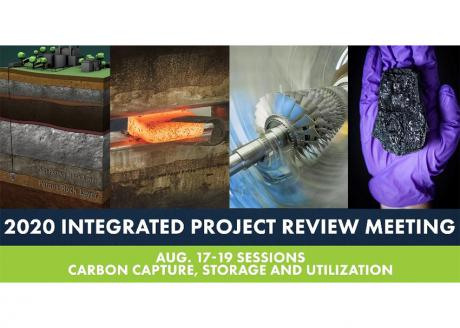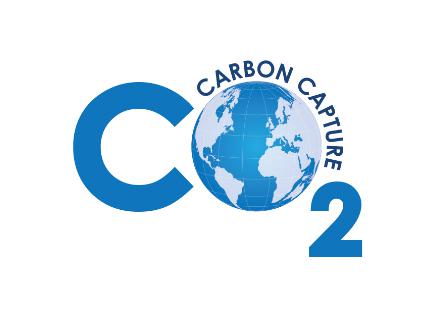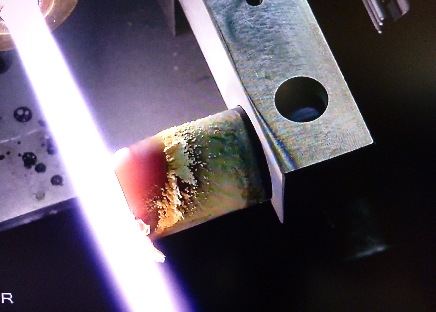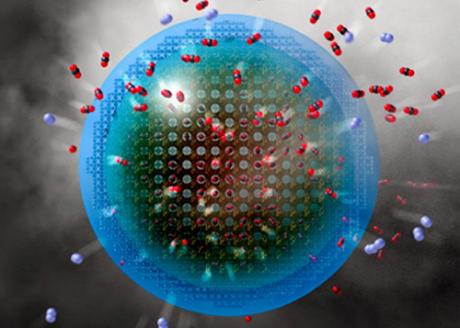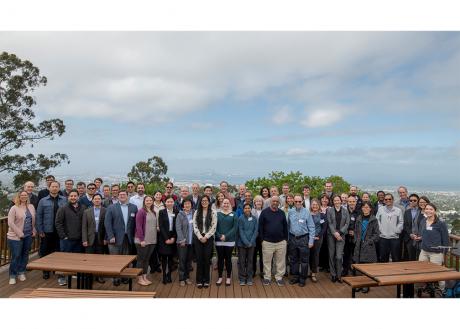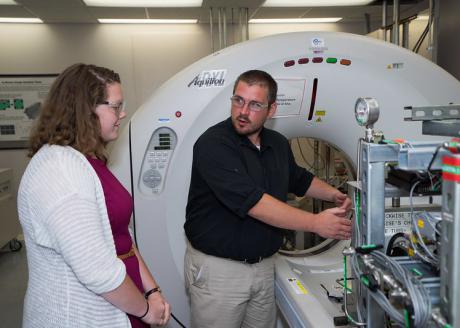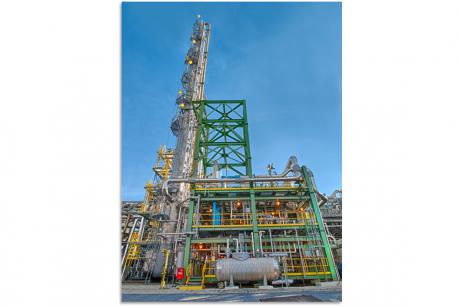NETL researchers have developed a method to custom-formulate low-cost membranes to more effectively separate carbon dioxide from nitrogen in a high volume of flue gas. This ability to achieve both high selectivity and high permeability during post-combustion carbon capture operations is one of the most difficult problems facing membrane researchers today.
The 2020 Virtual Integrated Project Review Meeting, a series of free virtual sessions organized by the U.S. Department of Energy (DOE) and NETL, will begin Monday, Aug. 17, with CCUS Integrated Projects, a three-day conference on carbon capture, utilization and storage (CCUS), and will continue into the fall with sessions highlighting technologies for efficient and cleaner uses of fossil energy resources and value-added products.
Committed to its goal of developing new energy technologies while retaining environmental integrity, NETL manages a vast portfolio of carbon capture research and development projects that are successfully reducing costs to ensure the availability of clean, reliable and affordable power from America’s abundant domestic resources.
NETL-led research shows the possibilities and benefits of developing magnetohydrodynamic (MHD) power generation such as improved efficiency for fossil fuel power plants and reducing the costs of implementing carbon capture.
Researchers at NETL are one step closer to solving one of the most difficult problems associated with developing post-combustion carbon dioxide (CO2) capture technology. The team has developed a new process to create a chemically bound, dual-layer membrane or sorbent that combines the benefits of high permeability and high selectivity – two material qualities that are usually mutually exclusive – to more effectively separate CO2 from nitrogen found in power plant flue gas.
Over the last 10 years, the NETL-led National Risk Assessment Partnership (NRAP) has built industrial confidence and worked to accelerate the commercial deployment of large-scale geologic carbon storage (GCS), which will allow for the continued use of abundant fossil fuels in an environmentally responsible manner by safely and permanently storing carbon dioxide from industrial sources deep underground.
Placed end to end, the total length of the rock core samples scrutinized last year by NETL researcher Dustin Crandall, Ph.D., and his colleagues would span roughly 10 football fields.
Driving much of that impressive volume is the need to complete rock core characterization studies to support large-scale geologic carbon sequestration and to make that data available to the public.
A new iteration of NETL's CO2-SCREEN software application is enabling researchers to more accurately estimate carbon dioxide storage potential in previously overlooked locations, opening the door for carbon capture utilization and storage (CCUS) projects on a large scale, along with new enhanced oil recovery operations.
As a testbed for new innovations on the road to commercialization, the National Carbon Capture Center (NCCC) has proved vital to NETL’s work in developing technologies that lower carbon dioxide (CO2) emissions from the nation’s coal and natural gas power plant fleet. The Lab’s Research and Innovation Center developed transformational solvent, sorbent, and membrane carbon capture technologies and the NCCC could provide critical industrial-scale testing.
Today, the U.S. Department of Energy’s (DOE’s) Office of Fossil Energy and NETL have announced up to $131 million for carbon capture, utilization, and storage (CCUS) research and development (R&D) projects through one new funding opportunity announcement (FOA) and the winners of five project selections from a previous FOA.




